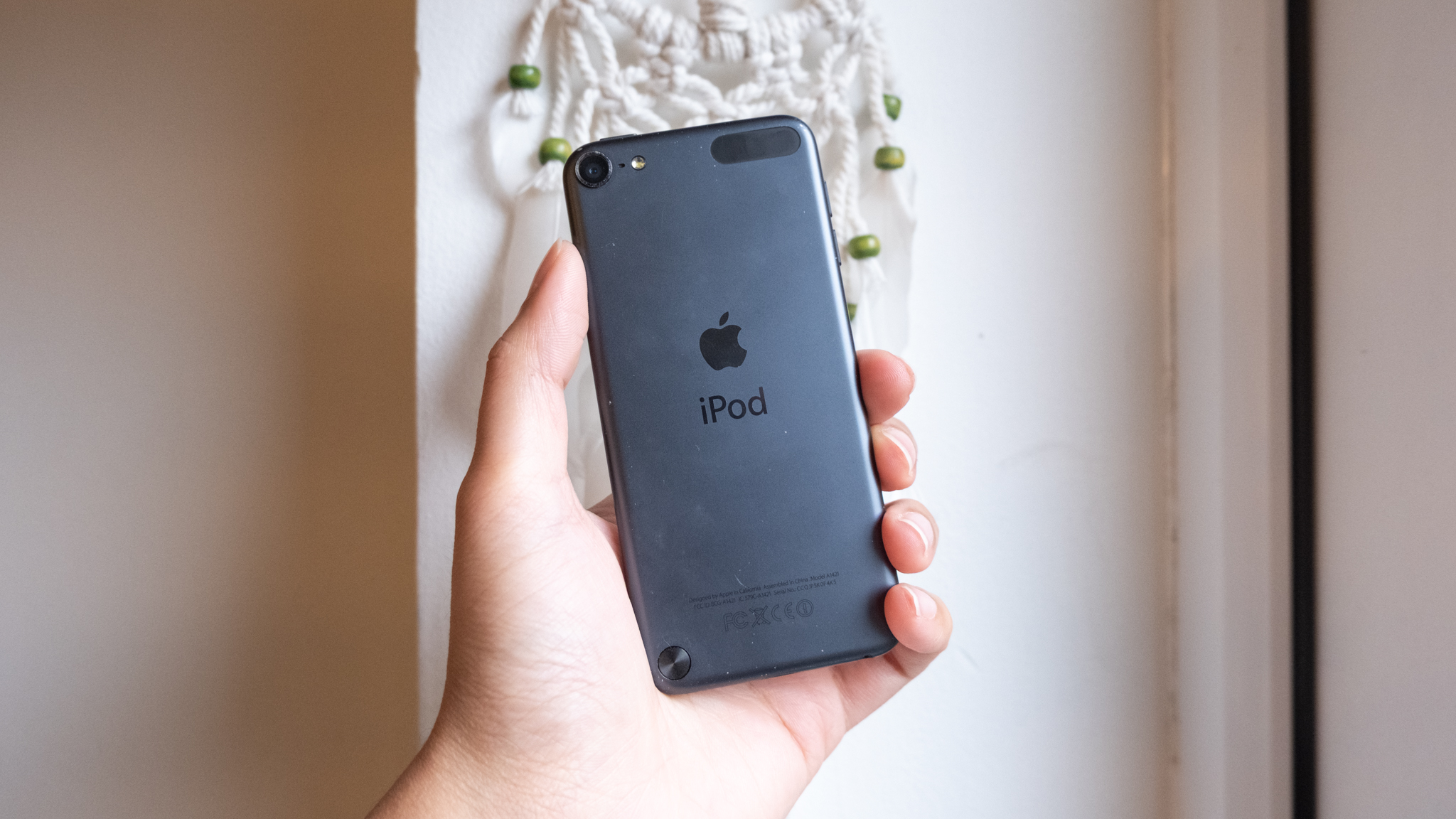How to build fitness that actually lasts — the best exercises to do at any age
The secret to peak fitness? A training plan that grows with you
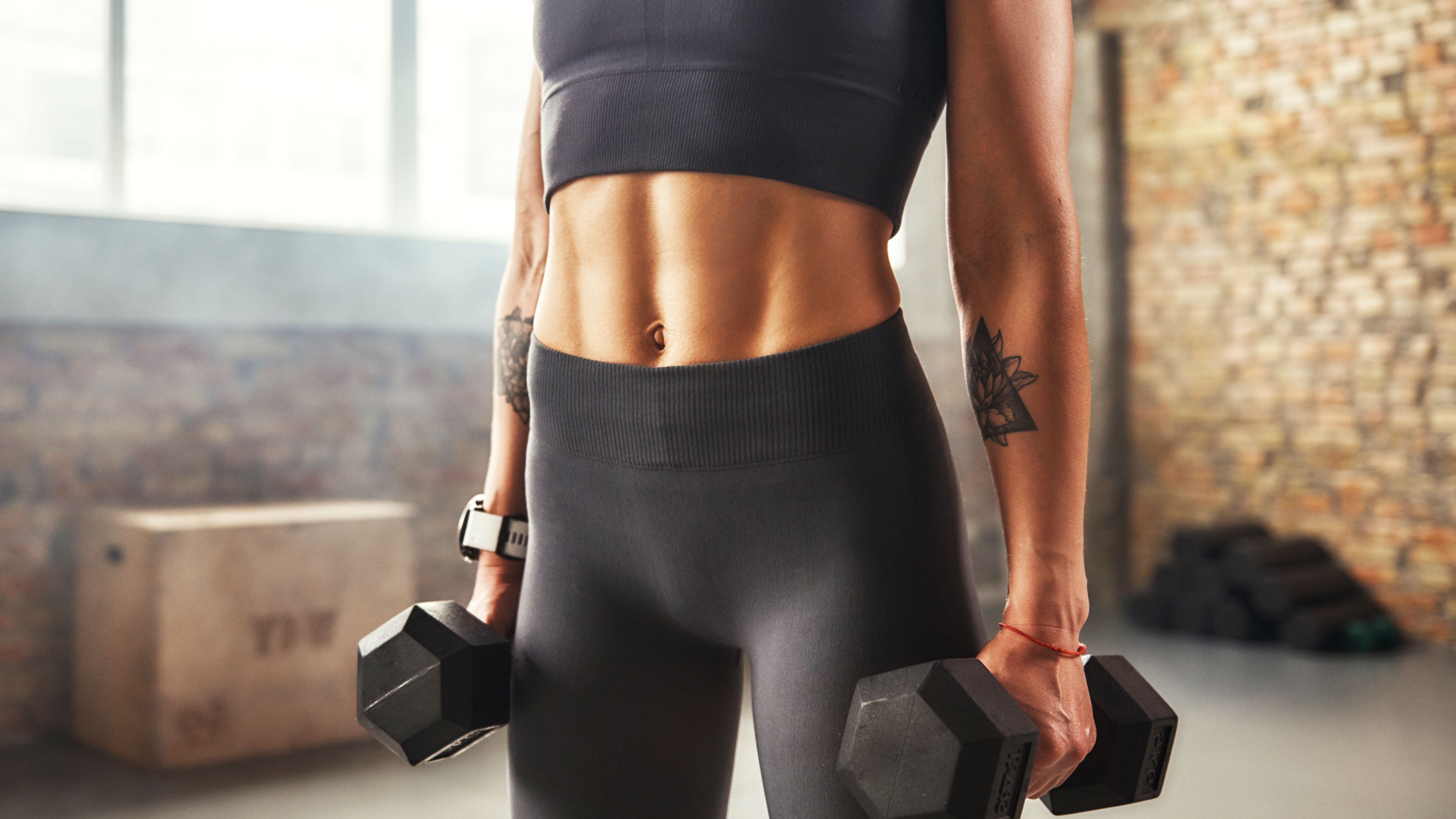
Peak physical fitness doesn’t mean the same thing at 25 as it does at 75 and that’s exactly the point. In our younger years, it’s about building a strong foundation. Later in life, it becomes about maintaining mobility, strength and confidence in our bodies.
Fitness is your most powerful long-term investment. It helps prevent disease, improve mental health and boost your quality of life. Whether you're training for a 10K or just want to keep tying your shoes without wobbling, the right moves matter.
From your 20s to your 80s, here’s how to reach peak fitness with smart, age-specific training — no matter your goals, limitations, or schedule.
20s: Build the foundation
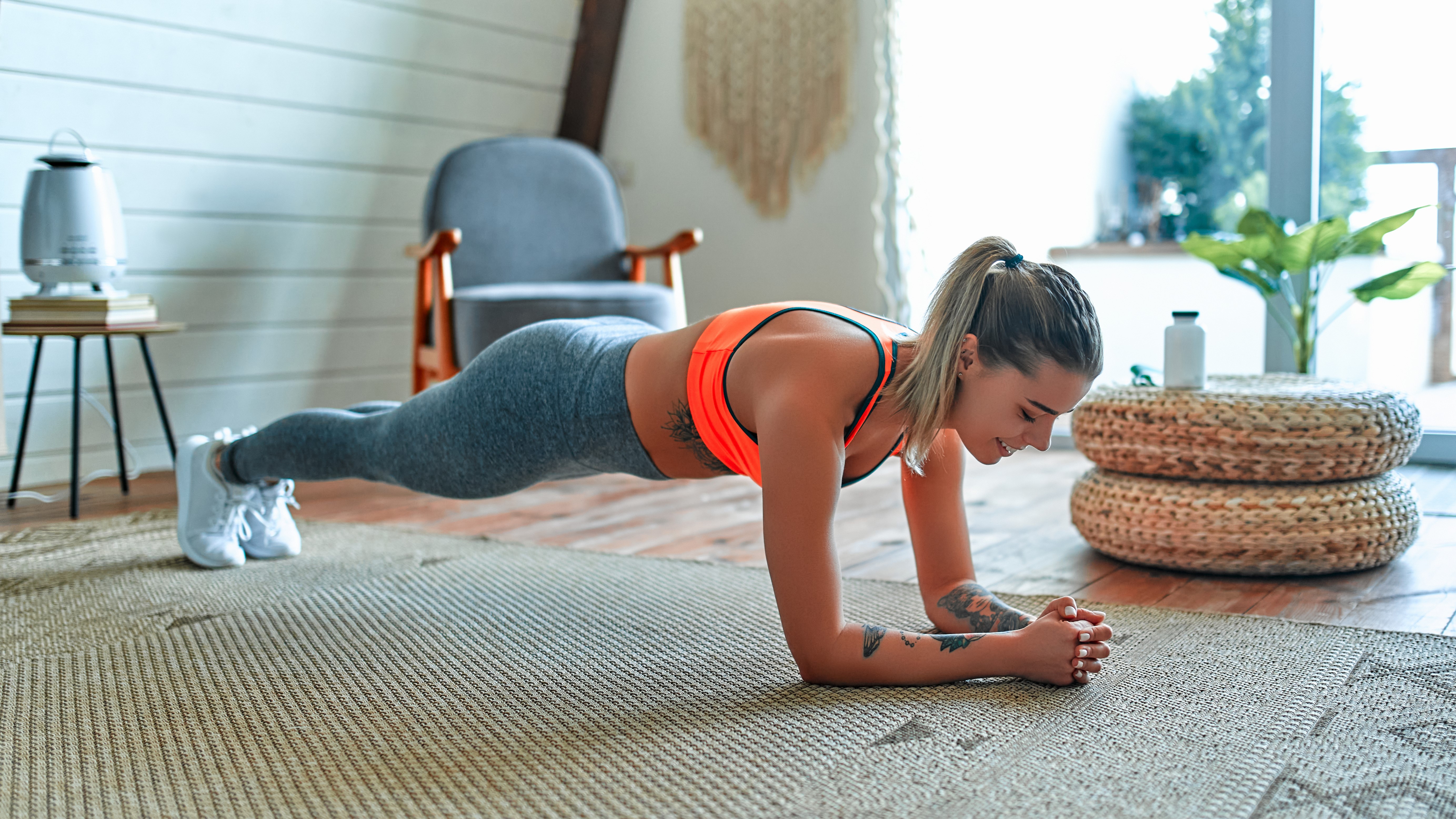
Your twenties are your fitness foundation years. This is when your body adapts fastest and recovers quickest, making it the perfect time to build habits that will serve you for life.
Perfect your form on bodyweight essentials: squats that protect your knees, push-ups that strengthen your shoulders, and planks that bulletproof your core. Make these movement patterns automatic now, and prevent injuries later.
Strength training in your twenties creates peak bone mass that protects against fractures decades down the road. You don't need a gym for this; start with bodyweight, then gradually add resistance.
Mix in aerobic workouts — running, hiking, or HIIT — to boost your heart and lung health. The habits and muscles you build now will set you up for long-term success. Don’t forget to test your progress!
30s: Power up and protect
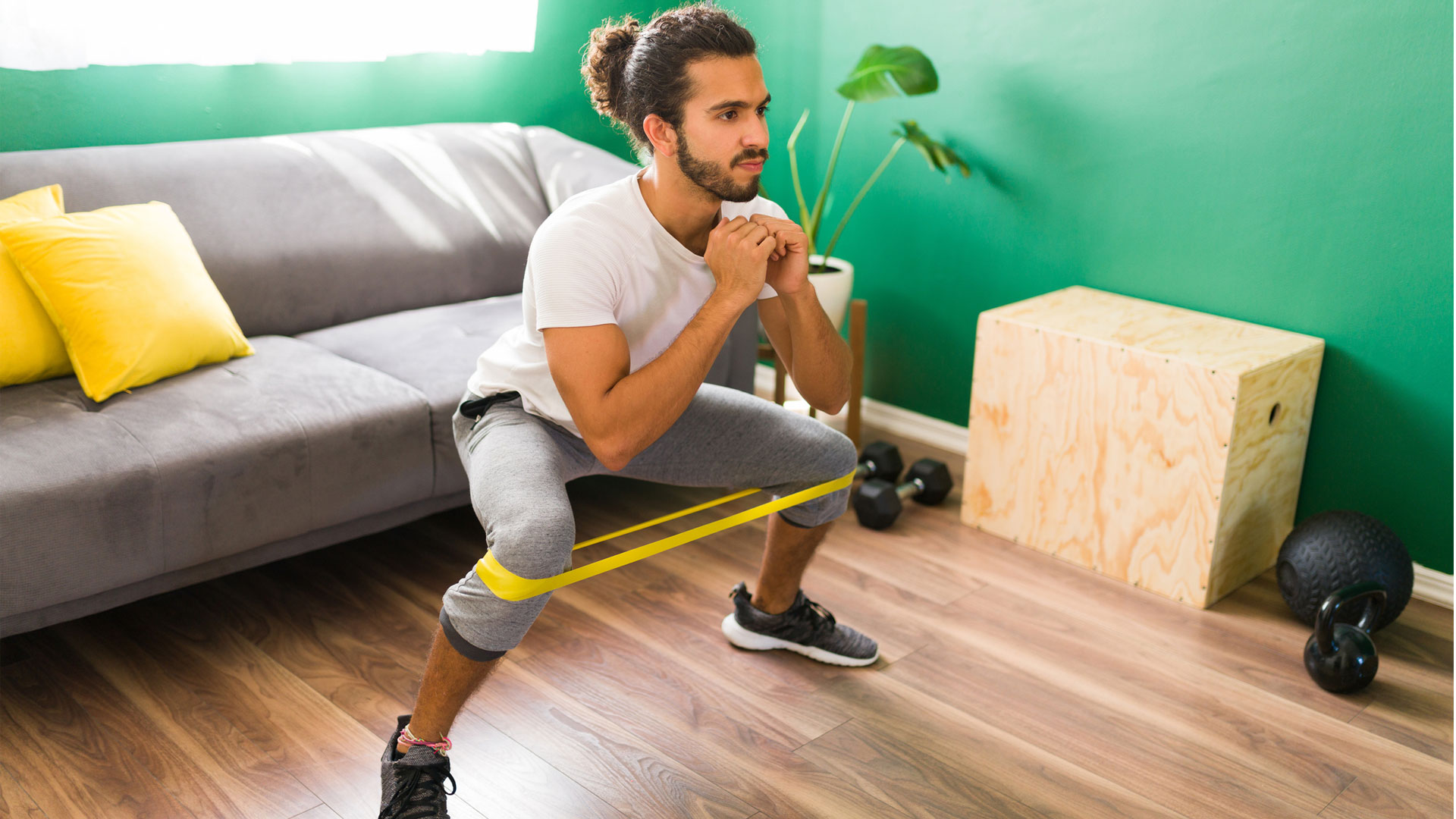
This is the time to start training with purpose. Make compound lifts like squats, push/pull moves and deadlifts your bread and butter, as they build functional strength across multiple muscle groups simultaneously.
For speed and power development, incorporate lighter weights with fast-paced circuits that challenge your explosiveness. HIIT becomes your secret weapon for staying fit without endless gym hours. Just two weekly sprint sessions can deliver remarkable gains in both strength and stamina.
Benchmarks might include holding a 60-second plank or deadlifting your bodyweight, which are achievements that signal real functional fitness. This foundation of strength and conditioning will pay dividends as your metabolism begins its gradual decline in the coming decade.
40s: Train smarter, not harder
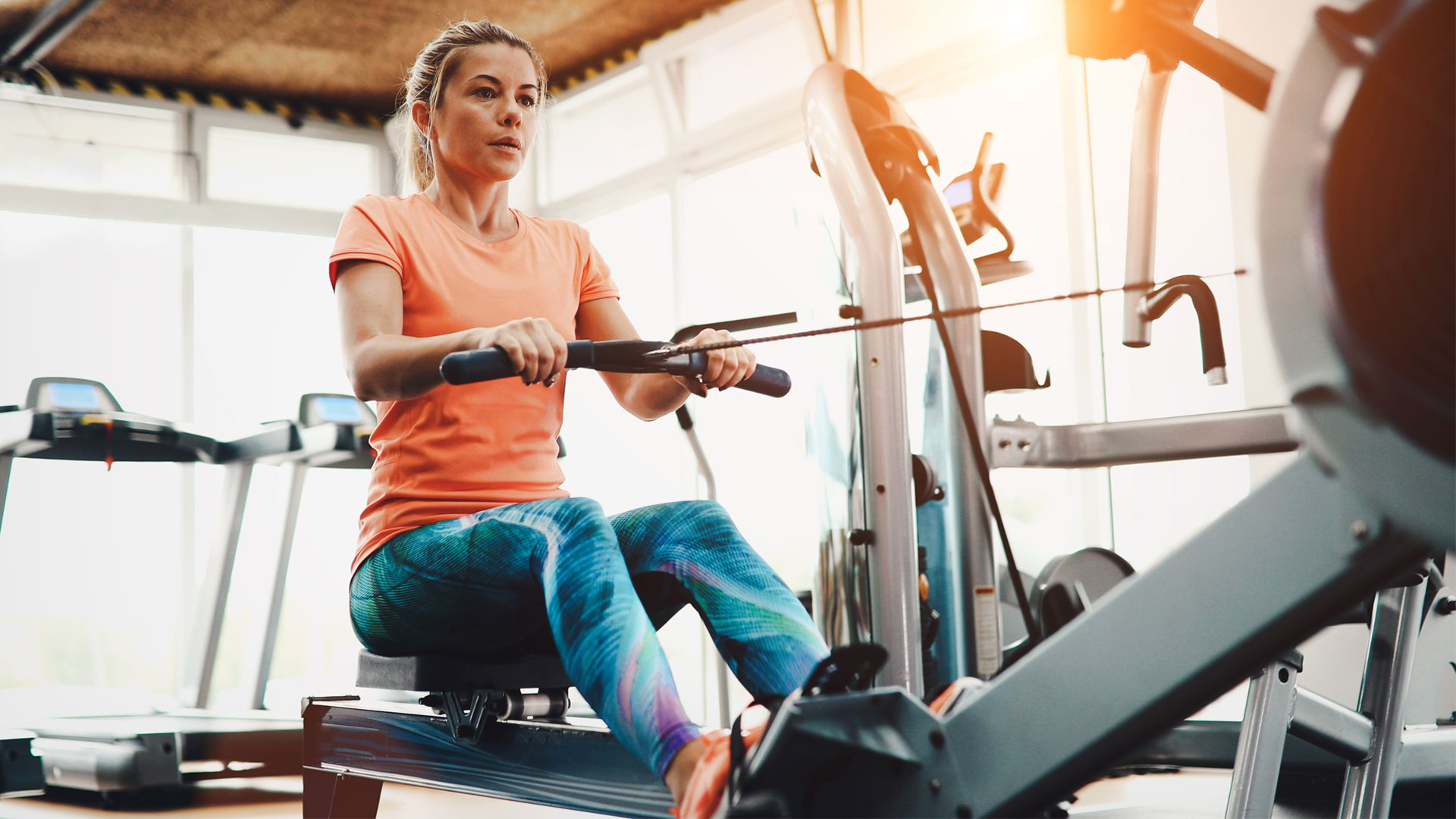
Energy might dip and recovery can slow, making efficient and targeted workouts essential. Continue lifting weights, but be strategic about your cardio choices. Swimming, cycling and rowing offer excellent conditioning while being gentler on your joints.
Grip strength becomes increasingly important as it's one of the first things to decline with age. Completing a dead hang is a powerful indicator of your overall strength.
Consistency becomes your superpower this decade, though it's equally important to be smart about intensity and recovery balance. Don't let tightness evolve into injury. Incorporate stretching or mobility work as a non-negotiable part of your routine.
50s: Stay strong and intentional
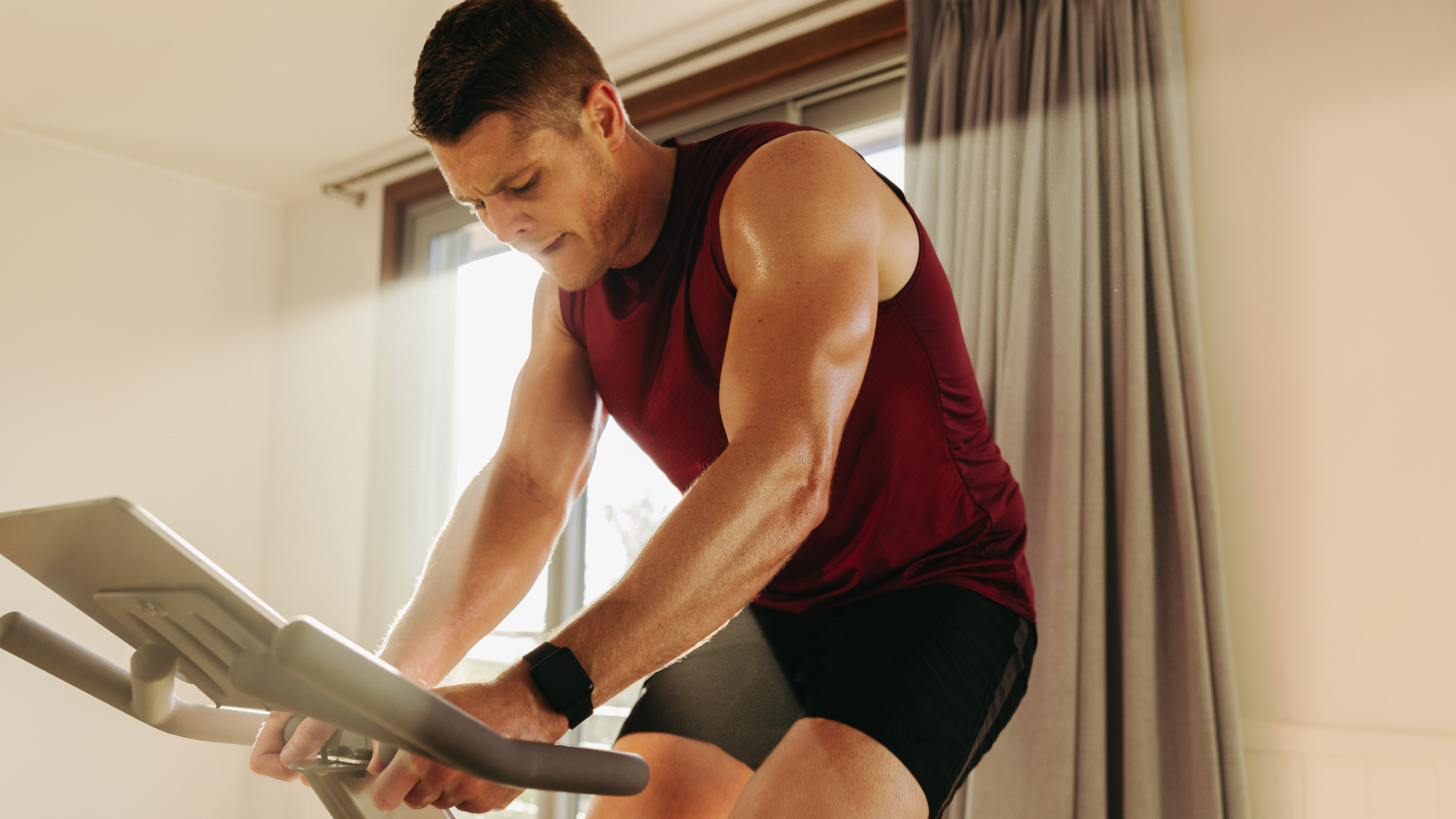
Sarcopenia (age-related muscle loss) begins to accelerate now, making resistance training absolutely non-negotiable. Build your weekly routine around strength-focused sessions featuring squats, rows and carries, aiming for two to three workouts per week.
Eccentric exercises deserve special emphasis at this stage: slow squats and controlled descents not only build resilience but also actively protect your joints and muscles from wear and tear.
Farmer's carries become your multitasking champion, simultaneously targeting grip strength, core stability and balance. Challenge yourself to carry 75-100% of your bodyweight for distance.
Recovery is essential, so rest days and mobility work must become as scheduled as your lifting sessions. This is your chance to build significant strength reserves before age-related decline becomes more pronounced in the following decade.
60s: Prioritize mobility, strength and balance
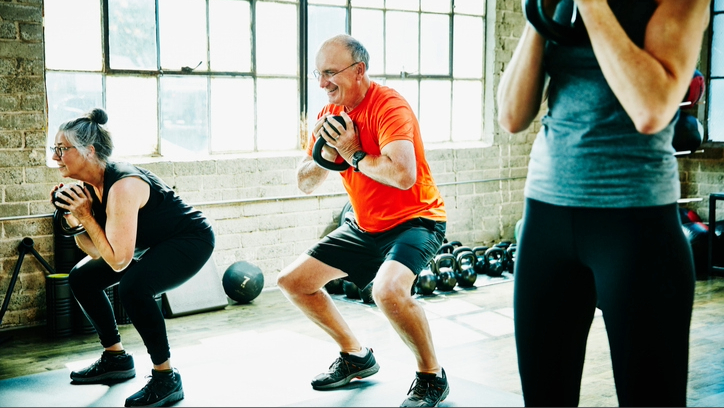
Functional strength is now more important than ever. Try the "old man" shoe test — a revealing challenge where you stand on one leg and tie your shoe while keeping the other foot off the ground. This simple movement demands balance, flexibility and coordination that many people lose with age.
Integrate daily mobility drills into your routine: practice single-leg balance while brushing your teeth or explore Tai Chi for gentle coordination training. Wall sits and resistance work become your go-to methods for building strength without over-stressing joints. Pilates and yoga are great options.
The magic lies in consistent movement performed frequently, as it creates massive improvements in how you move and feel. At this stage, maintaining the quality of your daily activities is just as important as any fitness milestone.
70s: Strength is your superpower
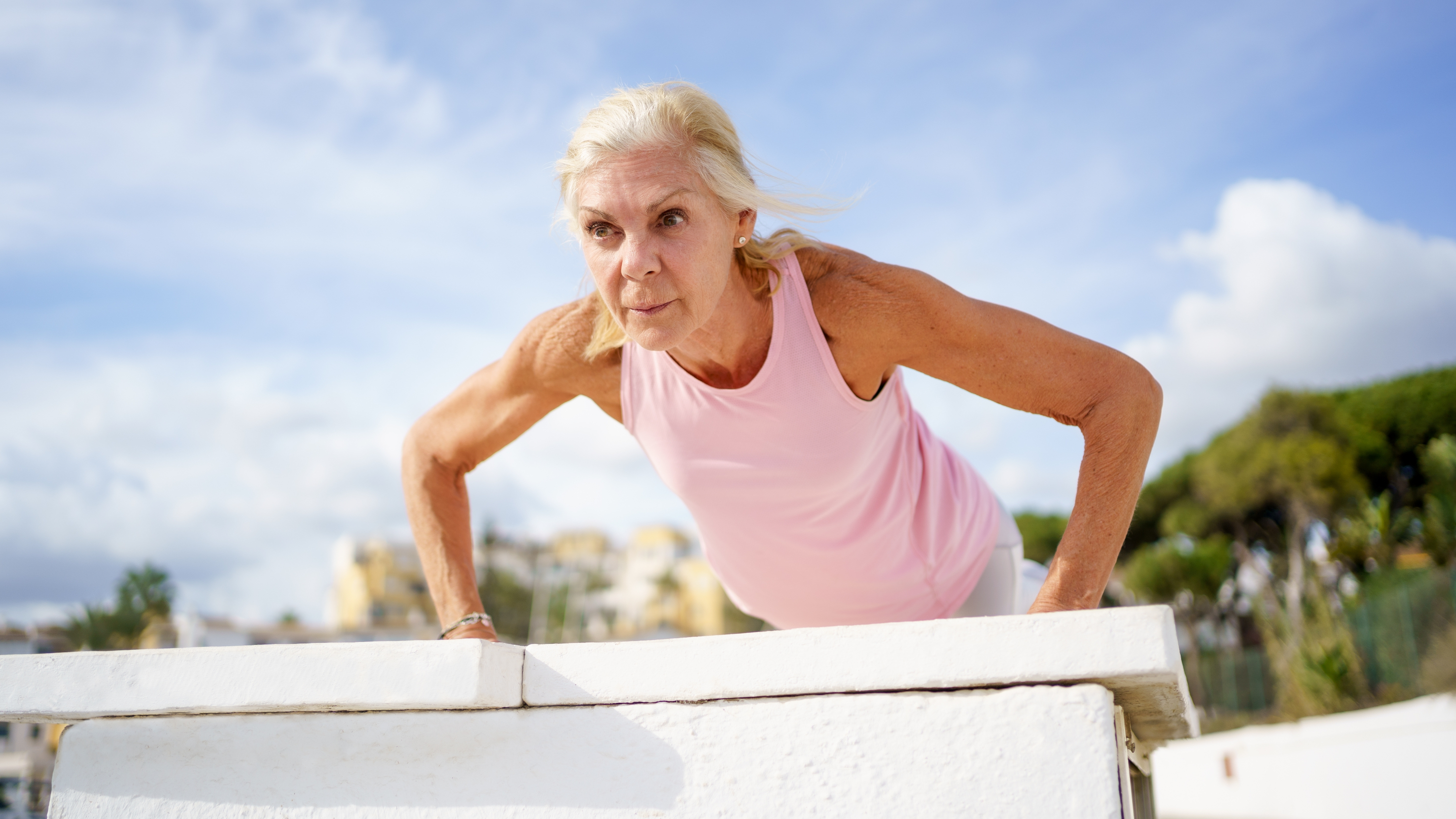
In this decade, strength training is critical for preserving independence and reducing fall risk.
Resistance bands, free weights, or bodyweight exercises all work — the key is consistency. Aim for three sessions a week, and focus on push-pull moves and sit-to-stands.
Your cognitive function also benefits from physical training, so it’s a win-win. Track your progress with the 30-second sit-to-stand test: sit in a chair with your arms crossed, then stand and sit as many times as possible in 30 seconds.
This simple benchmark measures lower-body strength, balance and fall risk, all crucial components for maintaining independence.
80s: Keep moving (and balancing)

Mobility is everything in your 80s. If you can walk with little to no pain, you’re in good shape.
Build strength in a way that works for you and your ability. For some, that might mean continuing as usual; for others, it might mean going more low-impact.
Practice balance often to help maintain stability. Yoga and Pilates can improve flexibility and mobility while boosting mood.
Even short walks often or standing up without using your hands a few times a day can help keep you strong and steady.
Now you've learned the best exercises to do at any age for peak fitness, why not take a look at some of our other useful guides?
More from Tom's Guide
- Here's how to use a squat rack safely and effectively
- Ditch the crunches and sit-ups — use the ‘corkscrew’ exercise
- This one simple exercise reduces stiffness in your hips and boosts mobility.
Get instant access to breaking news, the hottest reviews, great deals and helpful tips.

Kaycee is Tom's Guide's How-To Editor, known for tutorials that skip the fluff and get straight to what works. She writes across AI, homes, phones, and everything in between — because life doesn't stick to categories and neither should good advice. With years of experience in tech and content creation, she's built her reputation on turning complicated subjects into straightforward solutions. Kaycee is also an award-winning poet and co-editor at Fox and Star Books. Her debut collection is published by Bloodaxe, with a second book in the works.
You must confirm your public display name before commenting
Please logout and then login again, you will then be prompted to enter your display name.
